The Nigerian advertising industry is at a crossroads. At the National Advertising Conference 2025, organized by the Advertising Regulatory Council of Nigeria (ARCON), practitioners gathered to address a pressing question: how can the wisdom of seasoned professionals merge with the creative energy of younger marketers to move the industry forward?
Under the theme “A Different Generation, a Different Industry,” a fireside chat at the Garden, Abuja Continental hotel, brought together Dr. Olaleke Bayo-Ajayi, President of NIMN; Anthony Eigbe, Chief Creative Officer at Tecno West Africa; Maryam Amuda of Aster Integrated Marketing; and Dr. Bello Yussuf, Business Director at 3-IPOD.
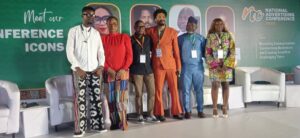
The Revolution They’ve Witnessed
The panelists were asked to reflect on the revolutionary shifts they’ve witnessed from when they started practicing to the present day changes that have fundamentally altered how the industry operates and how different generations approach their work.
Dr. Bayo-Ajayi reflected on the technological transformation she’s experienced throughout her career, particularly in an industry where measuring effectiveness was once a challenge. “That evolution includes changes in consumer behavior. Now, consumers are channel hopping, multi-channeling at the same time. The evolution is quite massive. The changes are very obvious, quite dramatic, really.”
Eigbe offered a different perspective, noting that while new trends emerge constantly, the industry’s response remains predictable. “When digital became a big thing, it feels to me that our response is always to go to the lowest hanging fruit, right? So Facebook is becoming big. What is the typical agency response or industry response? To say, okay, media planning, we can do ads, we can do AB testing.”
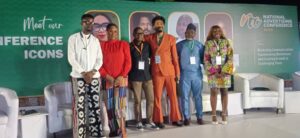
He continued: “If you look at the latest revolution happening now, it is AI. What is our response to AI? The lowest hanging fruit would be we use Midjourney, we use ChatGPT. I think we should always look at the bigger picture.”
Dr. Yussuf highlighted the evolution from traditional Above the Line (ATL) methods to integrated digital approaches. “When I started, it was ATL, and then there was new media. What I’ve seen over the years, and thank God for digital transformation, is that we now have so many inspirations. The lines between ATL, BTL, etc., are now blending, and we’ve seen a big expansion in the business.”
Amuda, representing the younger generation, identified the shift toward younger audiences as the industry’s biggest challenge. “Many long-standing brands are looking for ways to serve both the young and their older audiences. I think finding the balance between catering to the young and the old is probably the biggest change happening in the industry. The young audience is very dynamic they are ever-changing and evolving.”
Building Bridges Through Knowledge Transfer
With these challenges laid bare rapid technological shifts, evolving consumer behaviors, and a widening gap between how different generations approach work the conversation turned to solutions. How can the industry effectively foster collaboration and facilitate knowledge transfer across generations? The experts offered practical insights from their own experiences.
Dr. Bayo-Ajayi emphasized the need for a culture of sharing. “We need to start by building that culture where everyone feels safe to share their experiences without feeling threatened. It is also our responsibility as leaders to provide access. Often, we are too hierarchical, and someone at entry-level can’t easily approach senior leaders.”
She shared her personal approach: “I personally dedicate one hour every Tuesday for a learning session with my team. During this time, I prepare presentations on marketing topics like brand proposition and positioning. I walk them through the process of building a brand and share case studies of companies that have succeeded.”
Eigbe underscored the importance of fundamentals, drawing from his experience as a management trainee. “There are certain fundamentals that, once they become part of you, serve as a lasting edge regardless of how much transformation happens. My President was talking about brand propositions and strategy if you don’t have the fundamentals, it will inevitably show because you can’t give what you don’t have.”
Clearing the Gen Z Misconceptions
Addressing stereotypes about her generation, Amuda pushed back against the notion that Gen Z professionals are lazy or overly dependent on technology. “We’re not lazy; we just have different approaches. We want to do things quicker, faster, and easier. For example, if ChatGPT can get something done in five minutes, why not use it? We do the hard work, but differently. Fundamentals are important, but it’s okay to do things differently.”
She added: “There’s also a misconception that we’re not open to learning or are stubborn. When Dr. Bayo-Ajayi spoke about hand-holding and giving access to younger generations, that resonated with me. We often aren’t given enough access or opportunities to be understood. People tend to stick to assumptions about Gen Z, but open-mindedness would help us see how well Gen Z and senior professionals collaborate.”
The Path Forward
The fireside chat concluded with a shared understanding: bridging the generational divide requires intentional effort from both sides. Senior professionals must create accessible environments for knowledge transfer, while younger marketers must remain open to learning foundational principles even as they embrace new tools and approaches.
In an industry undergoing constant transformation, the real competitive advantage may lie not in choosing between experience and innovation, but in finding ways to harness both



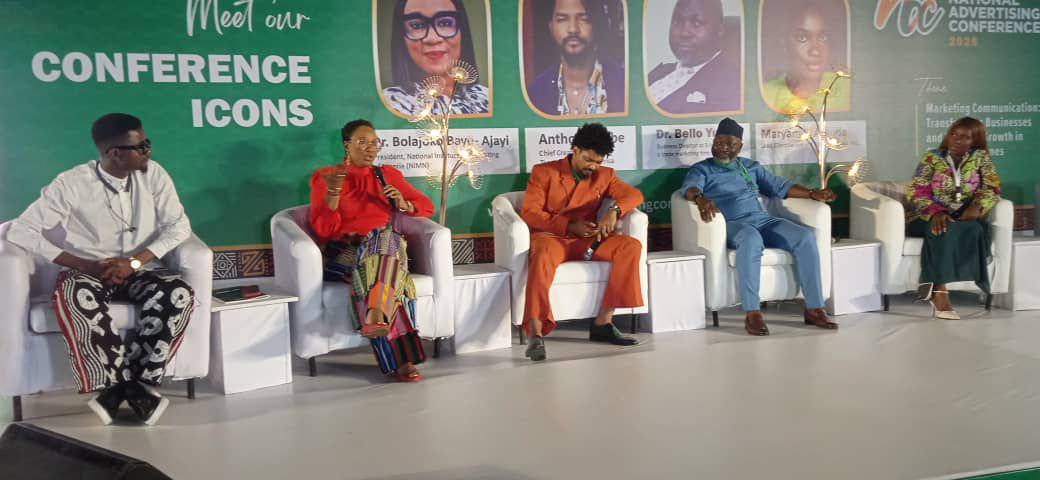
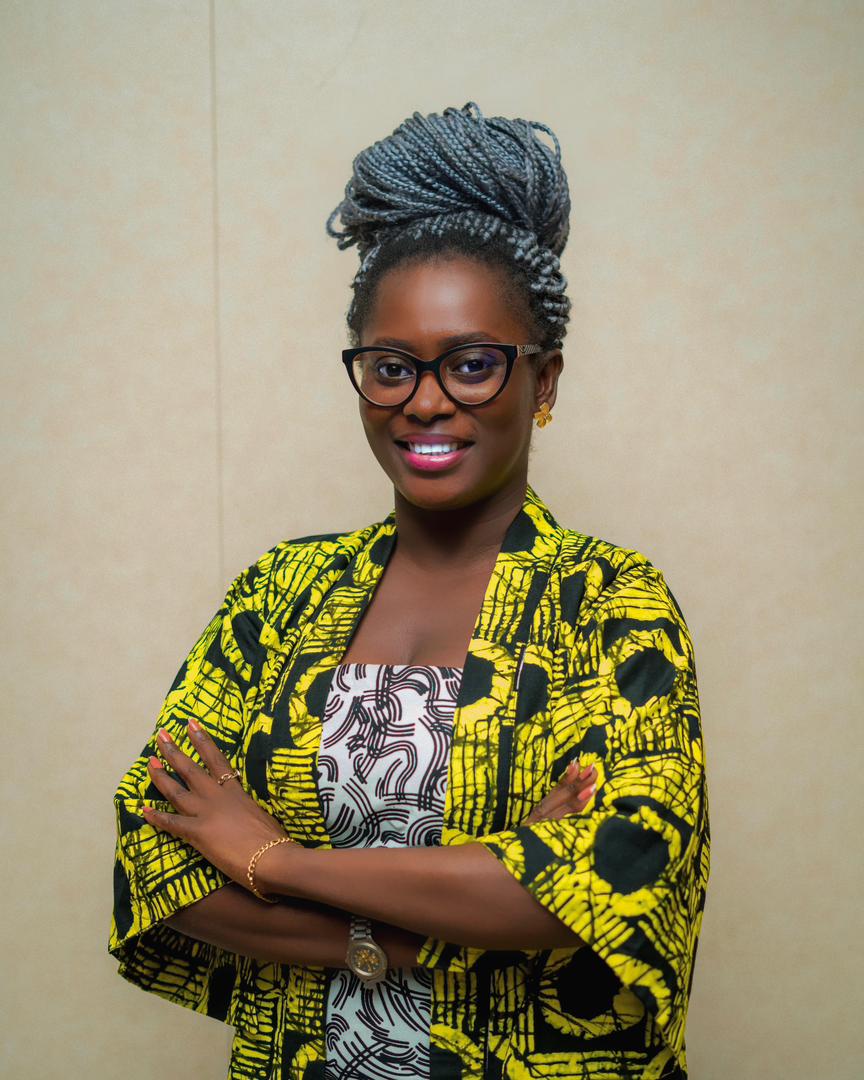


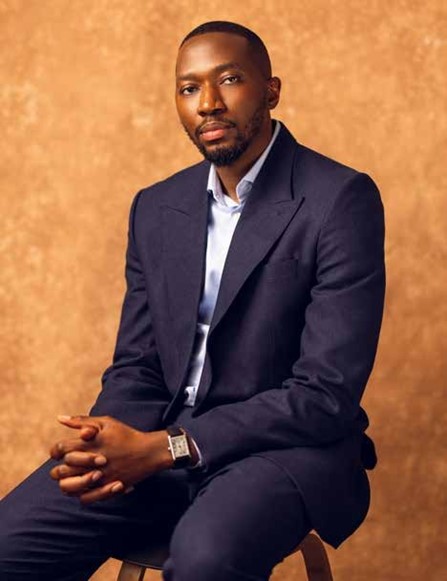
Comment
No comments found.